At some point, you may need to pull over on a gravel roadside due to car trouble. You might wonder if you can jack up your car on a gravel surface. Don't fret! We researched this question to help you get the correct information.
It is not safe to jack up a car on gravel. A gravel surface can be loose, and the jack would most likely not be stable. This can lead to the slipping of your vehicle.
For a safe lift for your car, it is essential to know the safety hazards. This post will discuss why jacking up your car on gravel is risky. Aside from this, we will tackle other safety tips on jacking up your vehicle. Stay on this page to learn more!
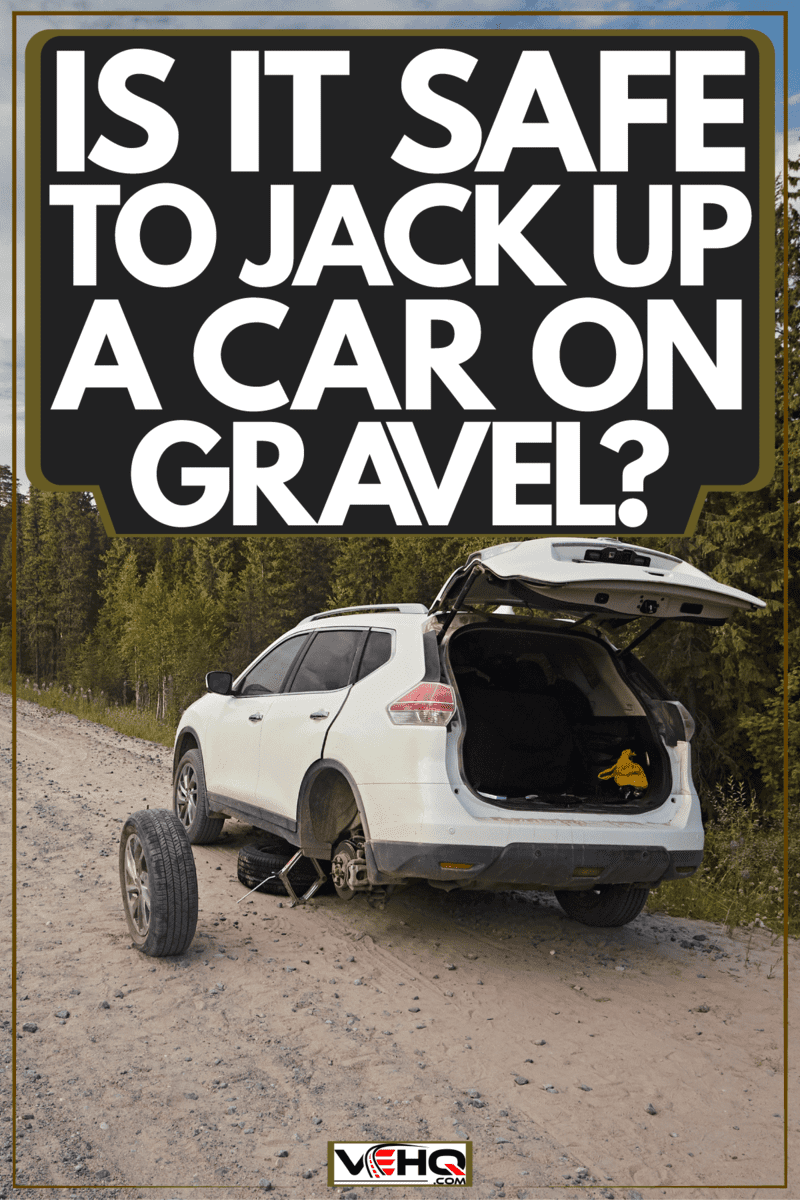
What Makes Gravel Unsafe For Jacking Up A Car?
While you want to have a safe lift when jacking up your car, you should be mindful of the surface on which the jack will be anchored. It should be on a flat surface and secured. Unfortunately, a gravel surface can be unstable.

A gravel surface is composed of loose, rounded fragments of rocks. These rocks may have accumulated due to rainwater. You can find gravel on the sides of city streets and highways, on roads in the countryside, side roads leading to private homes, or even a clearing.
Some homeowners prefer a gravel surface as part of their curb pavement. So they haul rock fragments from elsewhere to put up one.
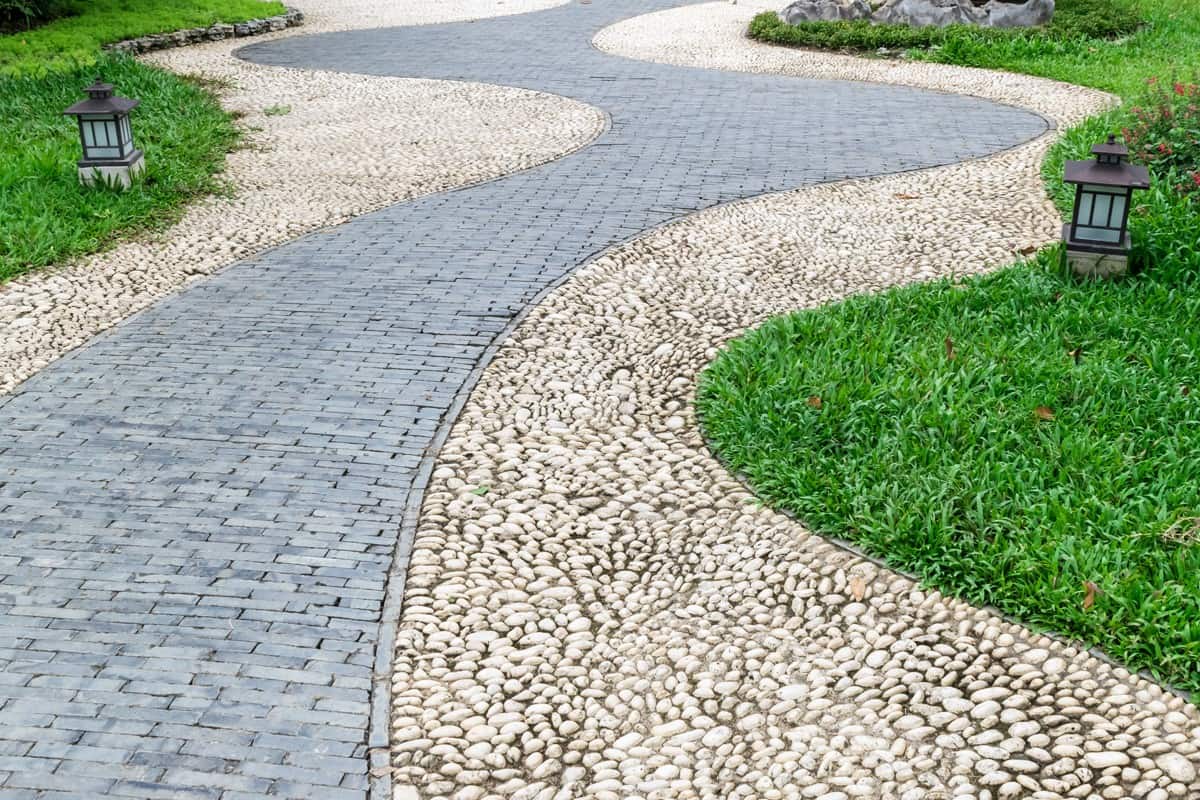
Loose gravel is not flattened or leveled throughout while jack stands are designed for use on a flat surface. They are rated to hold the vehicle's weight over an extended time, so it can't anchor firmly and securely over an unleveled surface.
Gravel will not provide a secure and stable surface for your jack. All car manufacturers, mechanics, and technicians agree that a gravel surface is hazardous for jacking up a car.
What Are The Consequences of Jacking Up Your Car On Gravel?
Jacking up your car on loose ground, such as gravel, may have the following grave consequences:
- Even the slightest movement while working on your car can tilt the jack stand, thus damaging it.
- The jack stand may budge or cut right through the loosened spots, grooved areas, and sloping gradient. This makes it unstable and unsecured.
- When the jack stand isn't stable, it causes your car to slip and break off the metal ribs.
- Aside from safety, you can lose essential car parts such as nuts, clasps, bolts, and sockets if they fall on the gravel.
With a jack failure, tons of metal will drop straight down. And if you happen to be working underneath your car, you will be inflicting severe injury.
A jack failure results in severe damage to your car and yourself. Work injuries can be readily avoided with the proper knowledge of what to prepare and to avoid.
Check out these car jack stands on Amazon.
Take note that a jack stand, being a mechanical device made of high-grade steel with a welded frame, has a pyramid base that affords strength and stable support.
The height is fully adjustable with a three-ton load capacity. The ratchet bar has a sawtooth design that allows tight locking after height adjustment.
The saddle surface of the device is wide enough to give sufficient contact during load-bearing support. You can purchase jack stands separately, and it is readily available in automotive shops, hardware, and also online. It is universal to suit various vehicles, including SUVs and trucks.
If you wish to learn more about jacking your vehicle, we have these posts for you:
How Long Can You Leave A Car On Jack Stands?
Does Every Car Come With A Jack?
How To Jack Up Your Car On Gravel
Roadside emergencies do happen. There will be instances when you don't have a choice but jack up your car on gravel pavement. Here are a few tips for when this happens.
- Look for a level area on the ground. This is an ideal place to troubleshoot your car.
- Look for rigid stones and bricks. Position these behind the wheels to keep them steady while jacking up. You can also use metal chunks if you have these in your trunk for emergencies.
- Get a slab of flat wood and position it underneath the jack stand. Make sure you're on a uniform gravel spot. The wood should be wide enough to cover the base of the jack stands to give it steady support. This wood can significantly help maintain the car's balance while jacking up.
- The wood slab can also help to contain fallen bolts and nuts that could get lost in the gravel.
- Don't attempt to work underneath the car. You should only do a quick repair for your vehicle. If you need to do further repairs, wait until you can get to a safer place.
Safety Precautions When Jacking Up Your Car
Aside from using a jack stand, there are other precautions every car owner should be aware of. Here is a list:
Work On Concrete Surface
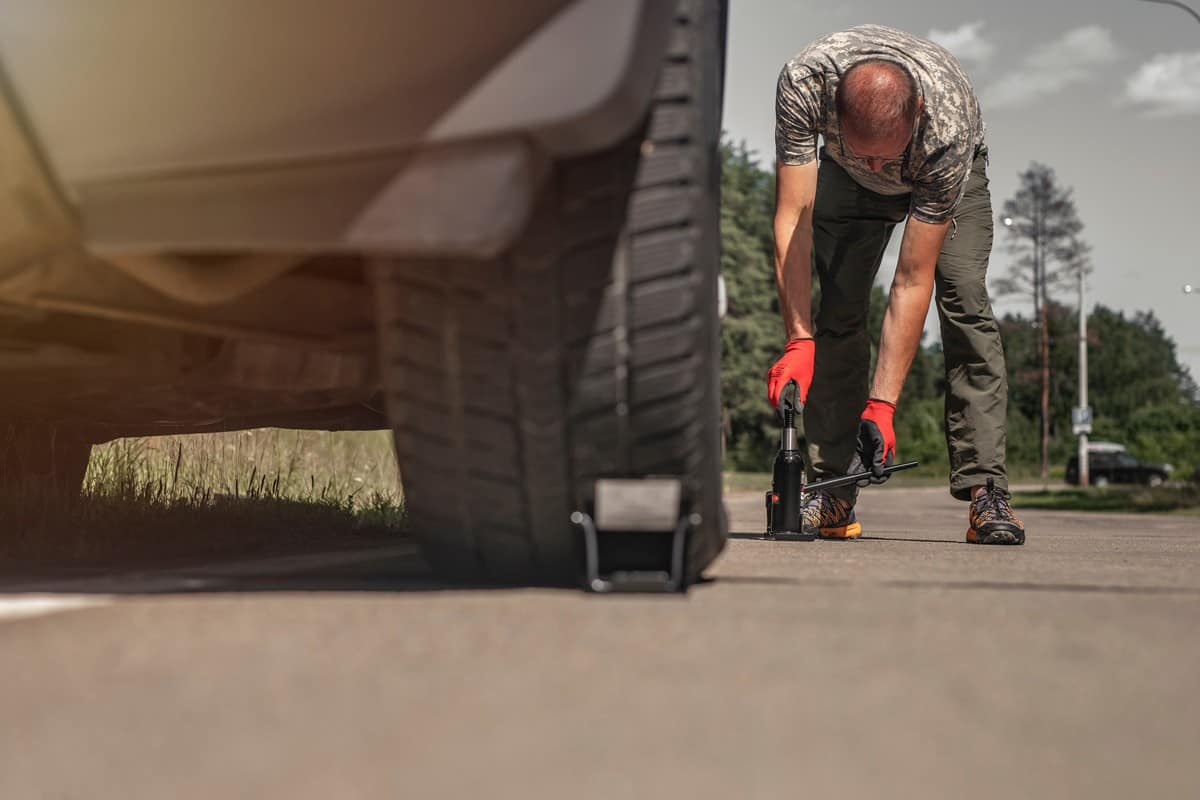
A hardened and fully cured concrete surface is the safest place to jack up your car. Asphalt is also unsafe since it can soften during a hot climate, thus making the surface unstable.
For the same reasons and similar to gravel, grass or dirt surfaces can also prove hazardous. This soft soil can quickly give way to the jack's weight when lifting your vehicle.
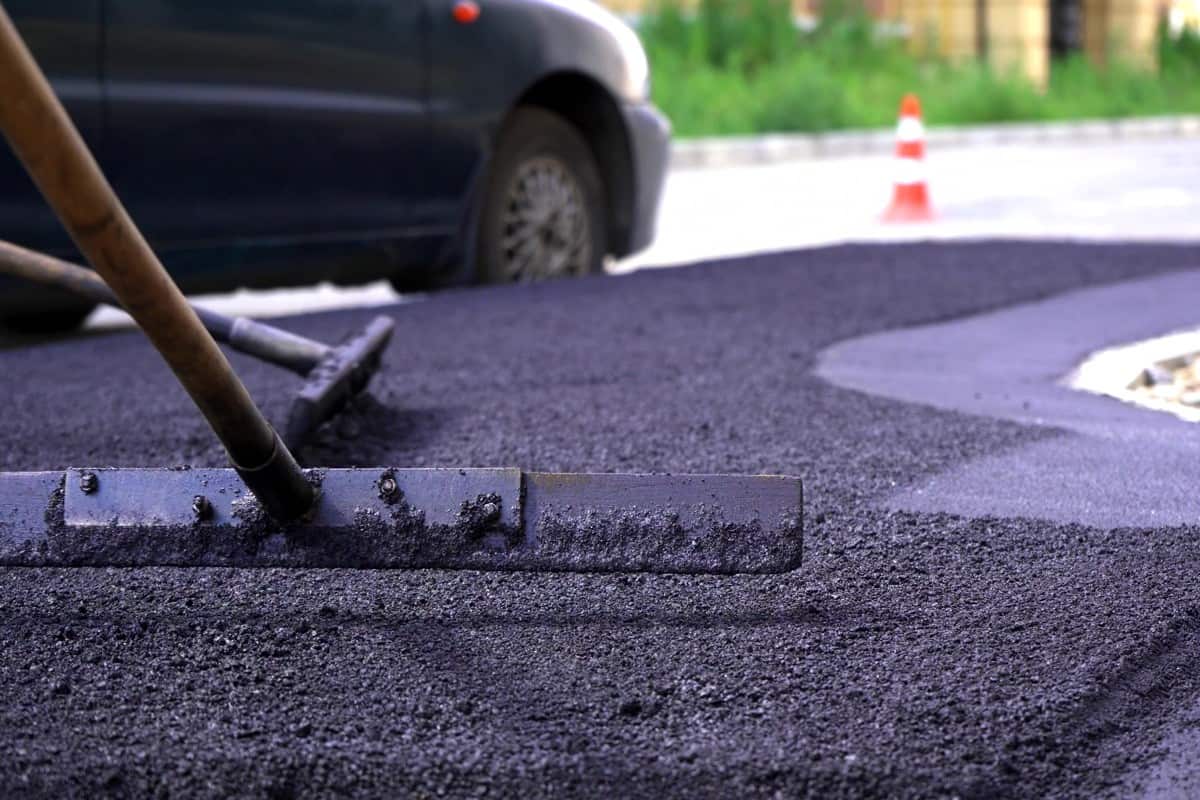
Secure The Car From Unnecessary Movement
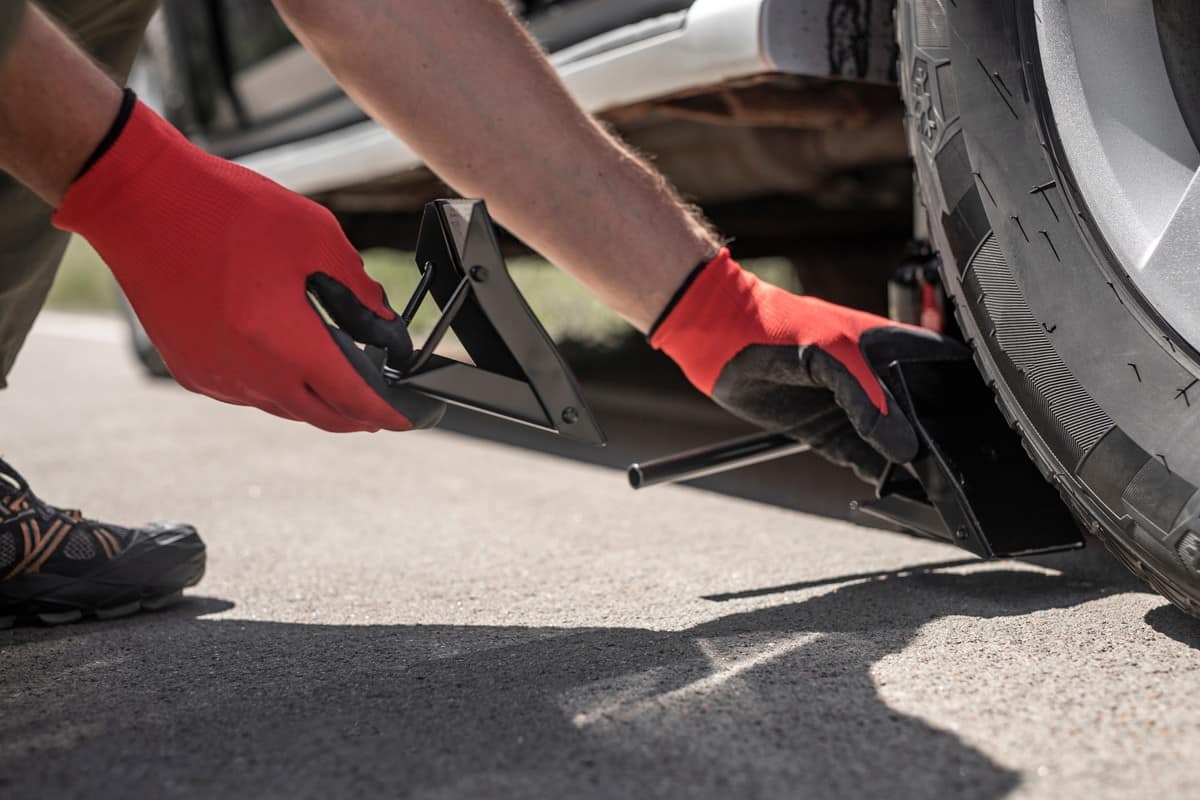
Since you will be working on the underbody, ensure all safeguards are in place. This is not only limited to engaging the parking brakes. Make sure that your car will not move or slide while you're working underneath it.
Use wheel cribs and chocks. These tools are designed to keep the wheels securely held in place and prevent unintended rolling. The product design is sturdy and affords a durable grip to support the vehicle's weight while being elevated. It is rugged with a non-skid base to reduce slippage.
This wheel crib has a 17-degree elevation, suitable for low-clearance vehicles such as sedans, pick-ups, SUVs, and vans. It is extra wide to cover the entire tire width for added safety.
Check out this product on Amazon.
Work On A Cool Engine
It is best to have ample time to wait for your car's engine to cool down before starting to work underneath. Otherwise, you might contract severe burns if you attempt to work on hot components. Also, hot fumes will come out, or hot liquid and oil might leak.
Use The Proper Tools
Various maintenance and troubleshooting jobs require elevating your car to access the underbody. Using the proper tools for specific tasks is equally important.
If you are working on tire rotating, installing a spare tire, and fixing the brake or suspension, jack stands are appropriate for the job. These are rated to hold the car's body weight for extended periods.
Check out this car jack kit on Amazon.
Fortunately, you can purchase car jack kits in hardware, automotive shops, and online. It contains all you need for jacking up your car. The universal kit suits all types of vehicles, such as sedans, SUVs, MPV, campers and wagons.
Fixing a flat tire is the most common use for car jacks. This kit is a must-have in the toolkit for every car owner. It contains everything needed for roadside emergencies, giving you a fast and convenient tire change.
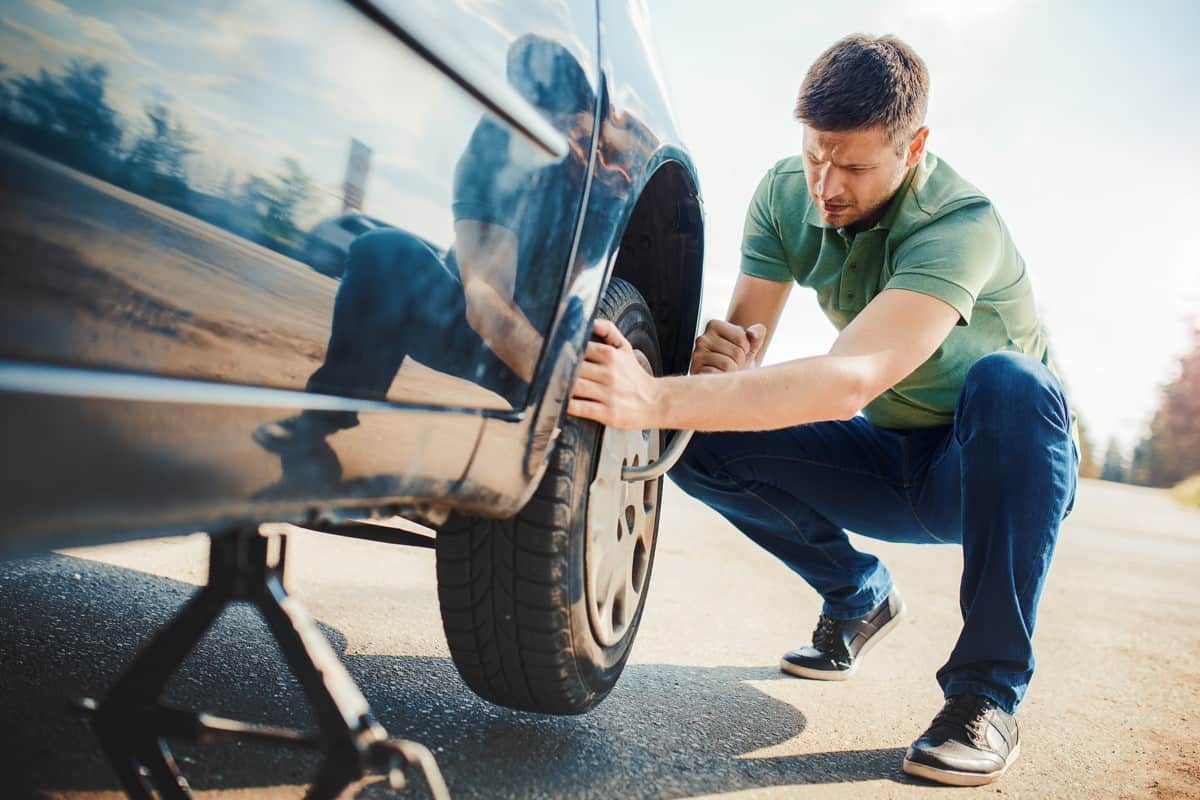
If you're not removing wheels or relaxing the suspension, ramps provide suitable elevation. You will easily access the underbody to change the oil, repair the exhaust, and do other similar jobs. You don't need to worry about jack stand failure with the ramps.
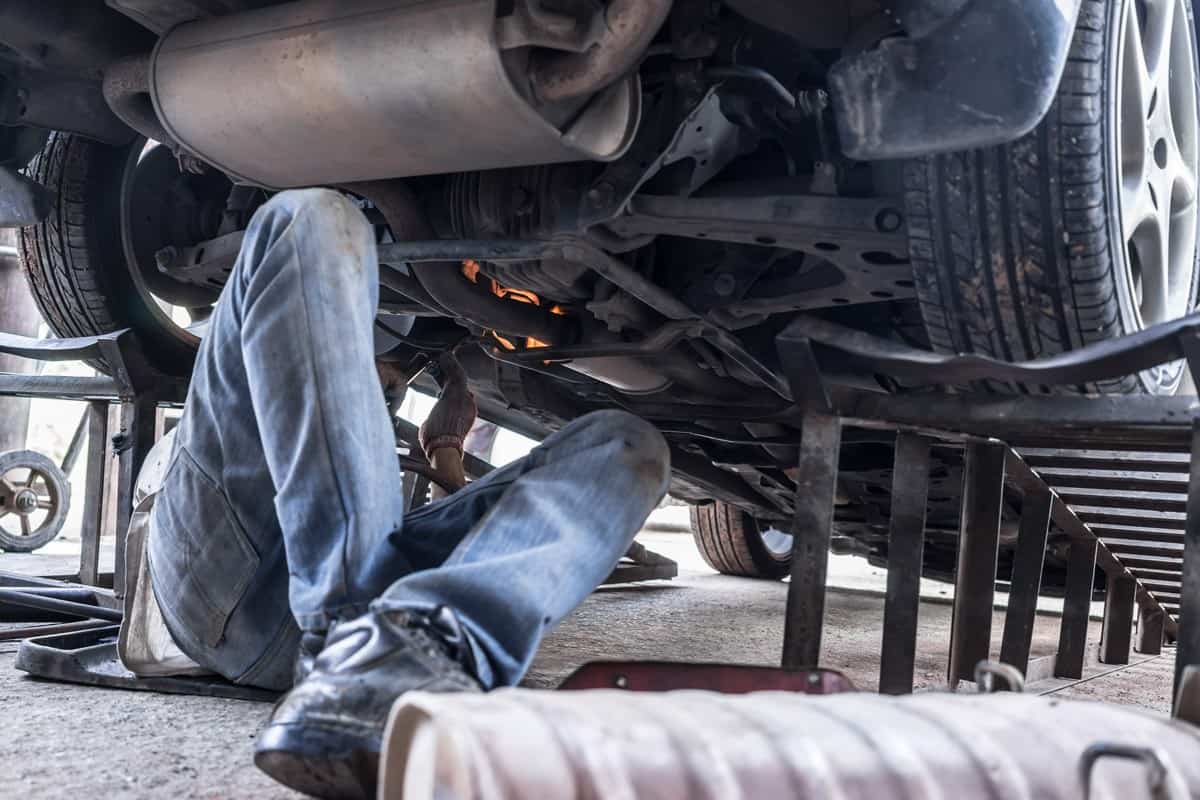
You might be interested to read about repairing a flat tire. This post is for you:
How Long Does It Take To Repair A Tire?
Use Personal Protective Gear
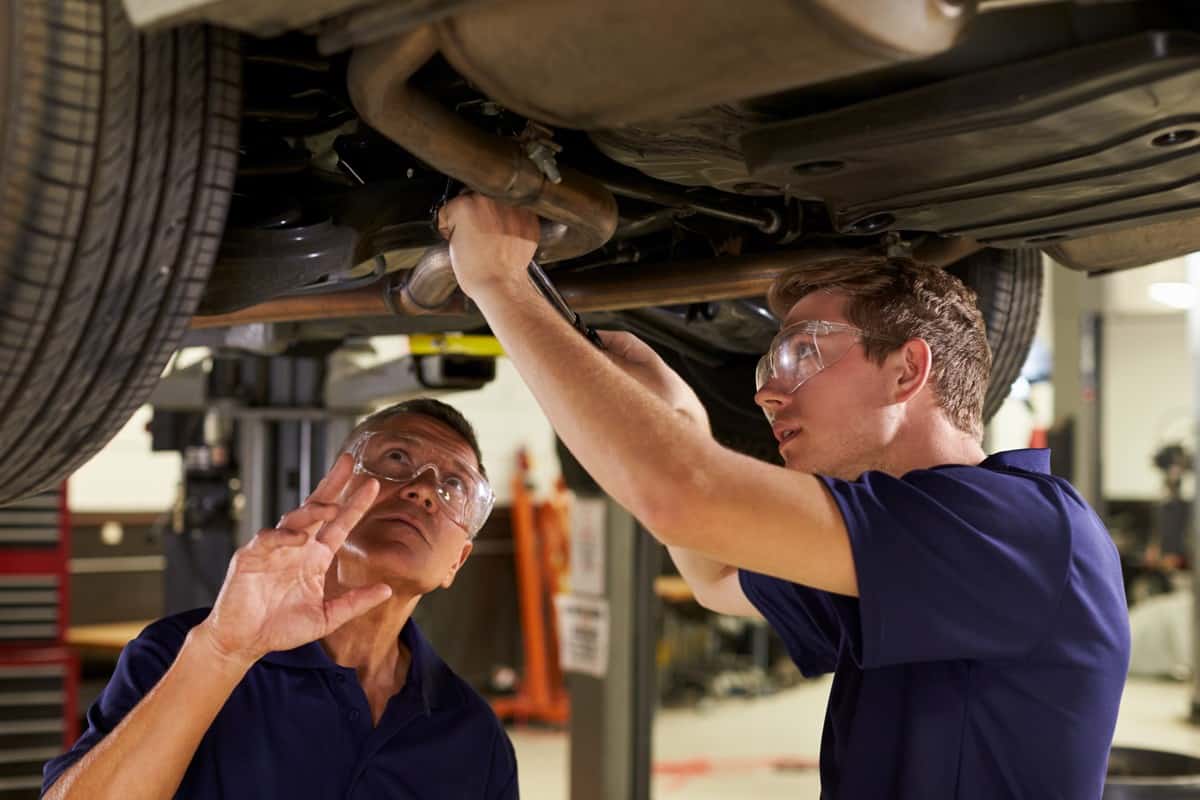
With any car troubleshooting task, be sure to wear gear to protect yourself. Accidents may happen at any time. Wear goggles to protect your eyes from pointed objects or leaking liquids.
Wear gloves since you will reach into tight areas with sharp metal parts. Wear a protective mask if you will be working on the brake pads. These have tons of dust that you need to scrape off.
You might also use an air compressor that will blow the debris. The mask protects you from breathing in dust and other contaminants that will cause respiratory problems.
Final Thoughts
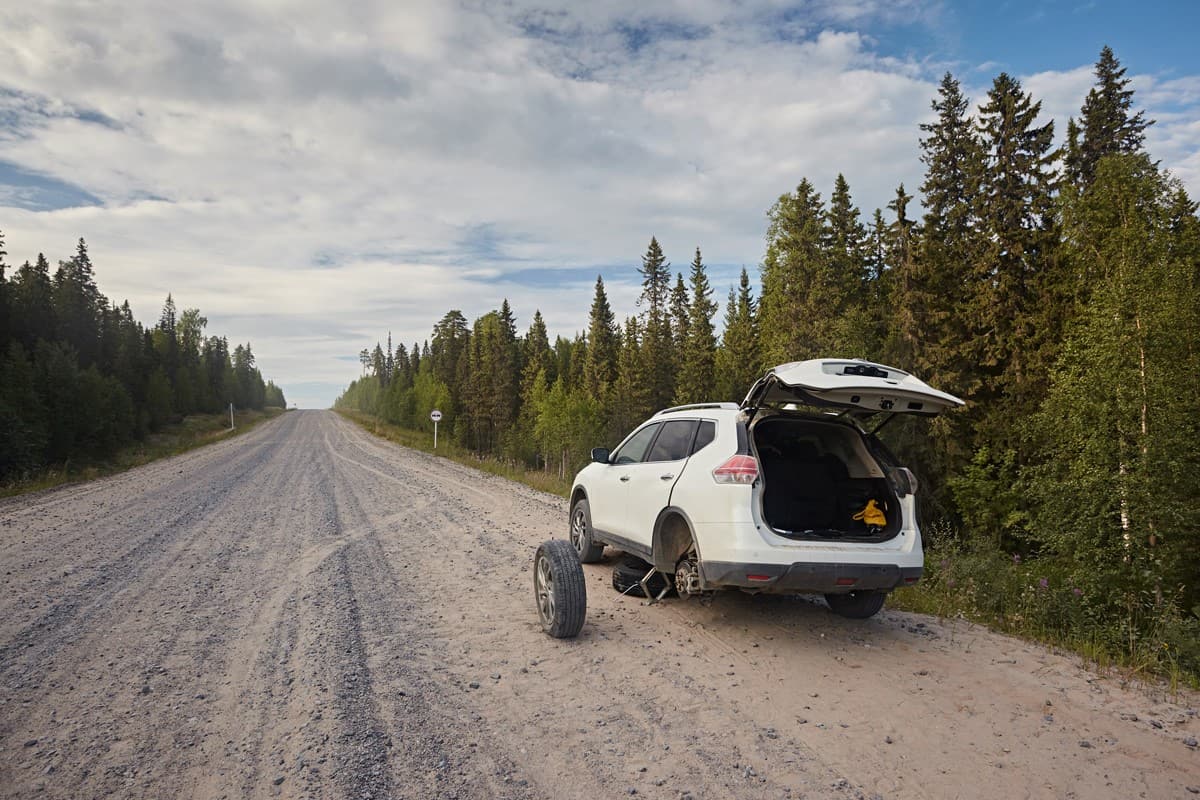
When working on your car, you're dealing with pounds of steel and other hard metal. For safe lift access to the underbody, it is crucial to jack up your vehicle on a hard and stable surface such as concrete pavement.
A gravel surface is not level and is made up of loose stones. Hence, it is never favorable to jack up your car for safety reasons.



